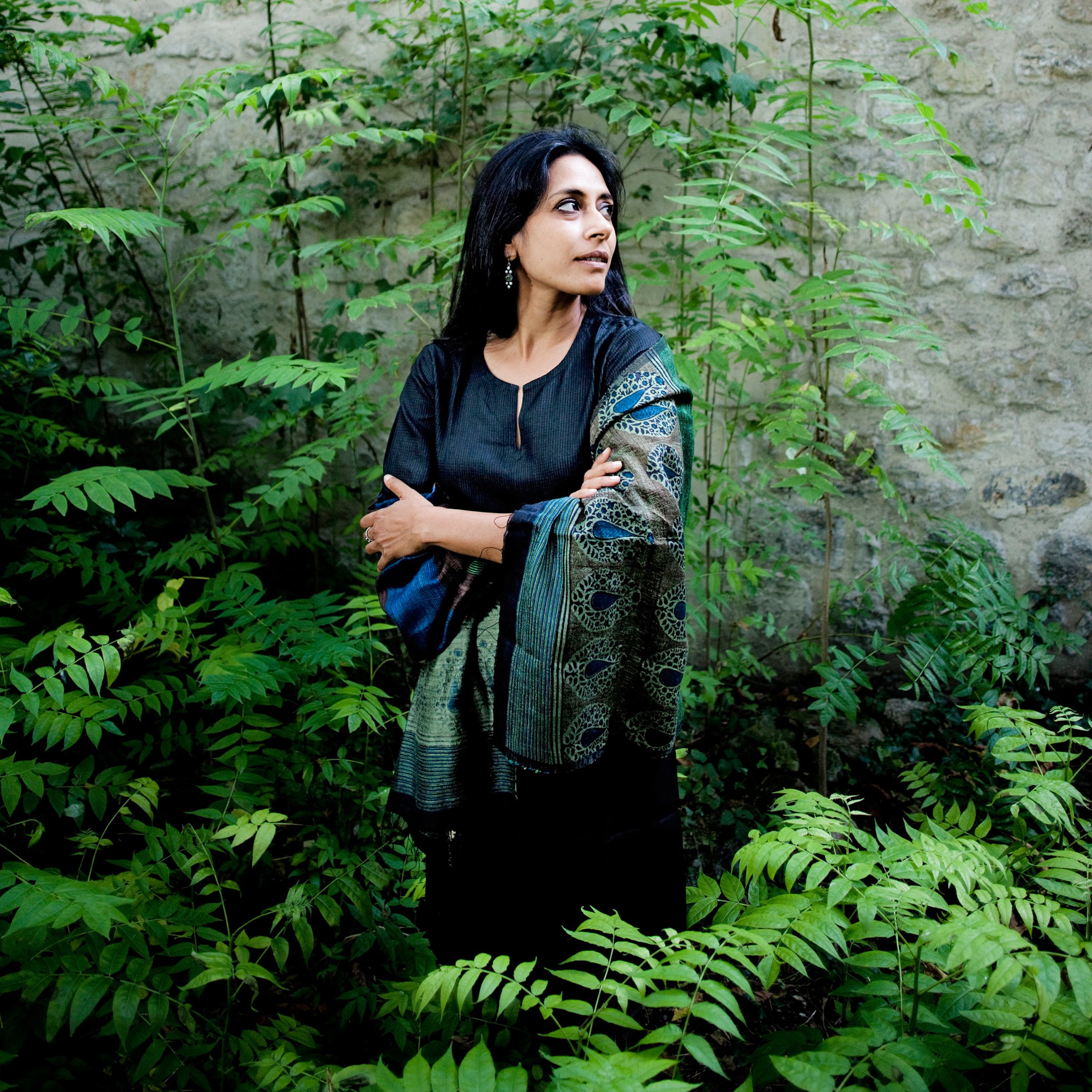
Partway through Anuradha Roy’s All the Lives We Never Lived, the German artist Walter Spies makes the case for simply enjoying life in India amid the global upheaval of the 1930s. “We are oceans away from all that,” he says. Another character disagrees: “The world is round and oceans meet. No place is safe from evil.”
Roy interlaces the local and the global in her new novel, which opens as Myshkin, a horticulturalist in his mid-60s, receives a letter “pulsating with the energy of every unopened letter in the world.” As Myshkin reflects on his childhood in the fictional Himalayan village of Muntazir (which translates to “the one who is waiting impatiently”), readers join him on a quest to find out why his mother Gayatri left him when he was 9 years old. Roy’s intensely visual prose carries the narrative as it flits from 1917 to the 1930s and 1990s. Freed from the demands of historical authenticity, she brings together real-life figures–including Spies, English ballet dancer Beryl de Zoete and the poet Rabindranath Tagore–with her fictional ones to create a luminous world.
All the Lives We Never Lived is Roy’s fourth novel, coming a decade after her first, An Atlas of Impossible Longing, which was translated into 18 languages. Her third, Sleeping on Jupiter, a tale of three elderly women on a pilgrimage to a temple, made the Man Booker Prize long list in 2015.
In this new book, Roy is grappling with bigger themes–freedom, nationalism and nature–against the turbulent backdrop of India’s fight for independence and World War II. Her mastery of detail ties an intimate domestic drama to national history, offering a portrait of one family’s troubles with desire and loss that speaks to the more universal struggles for personal and political freedom.
Roy skillfully navigates the gender politics enmeshed in India’s battle for self-determination, writing with great compassion for Gayatri, who had “fallen as low as a woman could” by leaving behind her husband, child and home. The character laments her duty to stay at home instead of pursuing her own dreams: “What good will the nation’s freedom do for me? Tell me that! Will it make me free?” With her characteristically light touch, Roy shows how the world applauds men’s political acts and overlooks their domestic behavior, a luxury rarely afforded to women who chase their own desires. Roy’s focus is imperfect–at one point she veers into a marginal tale of the real-life Bengali poet Maitreyi Devi, whose life somewhat mirrors Gayatri’s–but her prose is always captivating.
As told by Myshkin, the book thrums with the anxiety of waiting. The reader is propelled through the pages, impatient to find out what happened to the grown man’s mother, to discover what her letters contain. Roy’s skillful blending–of fact and fiction, of personal and political, and of suspense and reward–creates a rich and layered read. But the modern resonances of rising nationalism, in India and beyond, ensure that Roy’s story of what happened in Muntazir transcends its own pages. “Once the letter was read,” Myshkin says, “it would be over and I would have to start waiting again.” It’s a feeling readers may well share.
More Must-Reads from TIME
- Cybersecurity Experts Are Sounding the Alarm on DOGE
- Meet the 2025 Women of the Year
- The Harsh Truth About Disability Inclusion
- Why Do More Young Adults Have Cancer?
- Colman Domingo Leads With Radical Love
- How to Get Better at Doing Things Alone
- Michelle Zauner Stares Down the Darkness
Write to Naina Bajekal at naina.bajekal@time.com